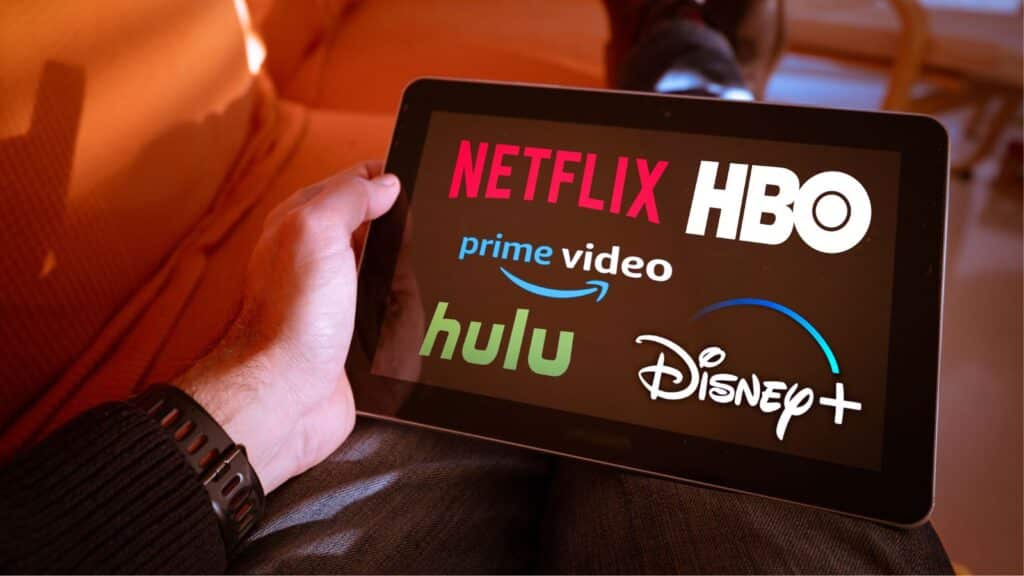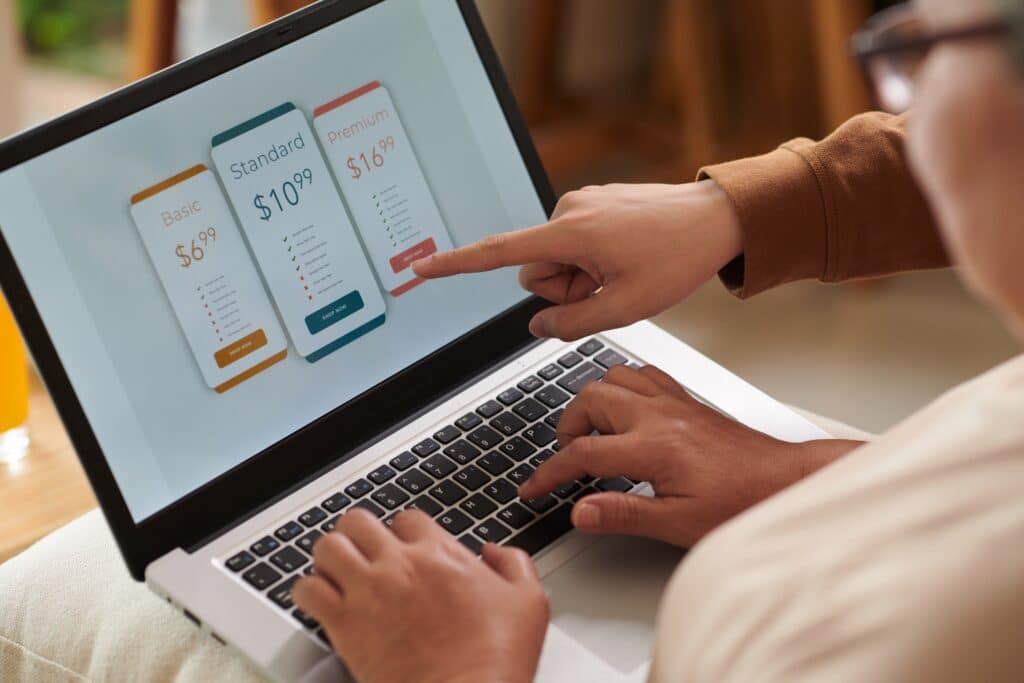It’s simple to sign up for a subscription and even simpler to forget about it. A few dollars here and there doesn’t seem like much, but those charges don’t stay small for long. Before you know it, you’re paying for services you rarely use. Taking a closer look at your monthly bills can help you spot where your money is going and free up cash for things you actually want.
Streaming Services

Streaming was supposed to be cheaper than cable, but for many households, it’s not. Subscribing to several platforms at once can push the monthly bill far higher than expected. Families often keep multiple services even though they only watch one or two shows on each. Trimming down to one or two favorites can save hundreds each year without losing much variety.
💸 Take Back Control of Your Finances in 2025 💸
Get Instant Access to our free mini course
5 DAYS TO A BETTER BUDGET
Music Platforms

Music subscriptions feel affordable at first, but the cost adds up fast. Paying $10 to $15 a month might not seem like much until you multiply it across a year or more. Households with multiple accounts can easily spend several hundred dollars annually on music alone. Switching to a family plan or using free, ad-supported versions can keep the music without the extra cost.
Cloud Storage

Cloud storage is another area where people overspend. Many sign up for extra space to back up photos or files and then forget about it. Even small fees of $2 to $10 a month become significant over time. Cleaning up old files or moving them to an external hard drive can help cut the cost while still keeping your data safe.
Gym Memberships

Gyms are a classic example of subscriptions people pay for but don’t use. The excitement of signing up often wears off after a few months, yet the monthly bill keeps coming. Some memberships cost $50 or more each month, which adds up quickly if you’re not going regularly. Canceling or switching to a pay-per-visit model is often more realistic and cost-effective.
App Subscriptions

Your phone is probably full of apps you don’t even use. Many start as free trials, then roll into paid subscriptions you forget about. A couple of dollars here and there doesn’t feel like much, but it adds up fast. Going through your subscriptions once in a while can put real money back in your budget.
Subscription Boxes

Meal kits, beauty boxes, and clothing deliveries have grown popular, but they aren’t always worth the cost. These services can be twice as expensive as buying the same items directly. Many people also forget to skip or pause deliveries, which means boxes arrive even when they aren’t needed. Cutting back or rotating services can save a surprising amount of money each month.
Software Services

Productivity tools, design software, and editing programs often run on monthly subscriptions. While useful for work or hobbies, people sometimes continue paying even after they stop using them. Professional-level software can cost $20 to $50 a month, which adds up to hundreds annually. Reviewing these subscriptions once or twice a year can prevent wasted money.
Online News and Magazines

Paywalls push readers into buying multiple subscriptions to access content. Having more than one or two can get expensive, especially when each is $5 to $15 a month. Many people don’t realize how much they’re spending until they see the total. Choosing one main source and using free alternatives for the rest is often enough.
Premium Credit Card Perks

Some credit cards charge annual fees of $100 or more for perks like travel credits, rental car coverage, or lounge access. Unless you travel often, the benefits rarely outweigh the cost. Many people end up paying for features they never use. Switching to a card with no annual fee usually saves more money in the long run.
Gaming Subscriptions

Services like Xbox Game Pass and PlayStation Plus keep charging month after month. Even if you only play occasionally, the fees don’t stop. At $10 to $20 each month, the yearly total can reach $200 or more. Pausing subscriptions during times when you’re less active can help keep this expense under control.
Hidden Budget Drains

Subscriptions are designed to feel cheap and easy to ignore. But when stacked together, they become one of the biggest hidden drains on a household budget. Reviewing all your recurring charges once or twice a year is one of the simplest ways to free up money without making major lifestyle changes.
17 Essential Products You Could Live Without (And Save Big)

We’ve all been there—buying something because it’s labeled as “essential” rather than truly asking if it’s necessary. It’s easy to get caught up in grabbing things that promise ease or luxury, only to realize later they’re collecting dust. The truth? Many of these so-called essentials aren’t so essential, and skipping them can fatten your wallet faster than you think. Here’s a rundown of common items you could do without and what you can use instead. 17 Essential Products You Could Live Without (And Save Big)



